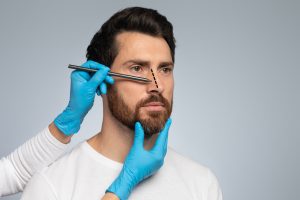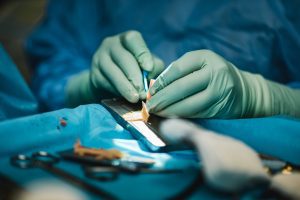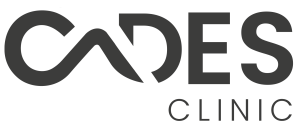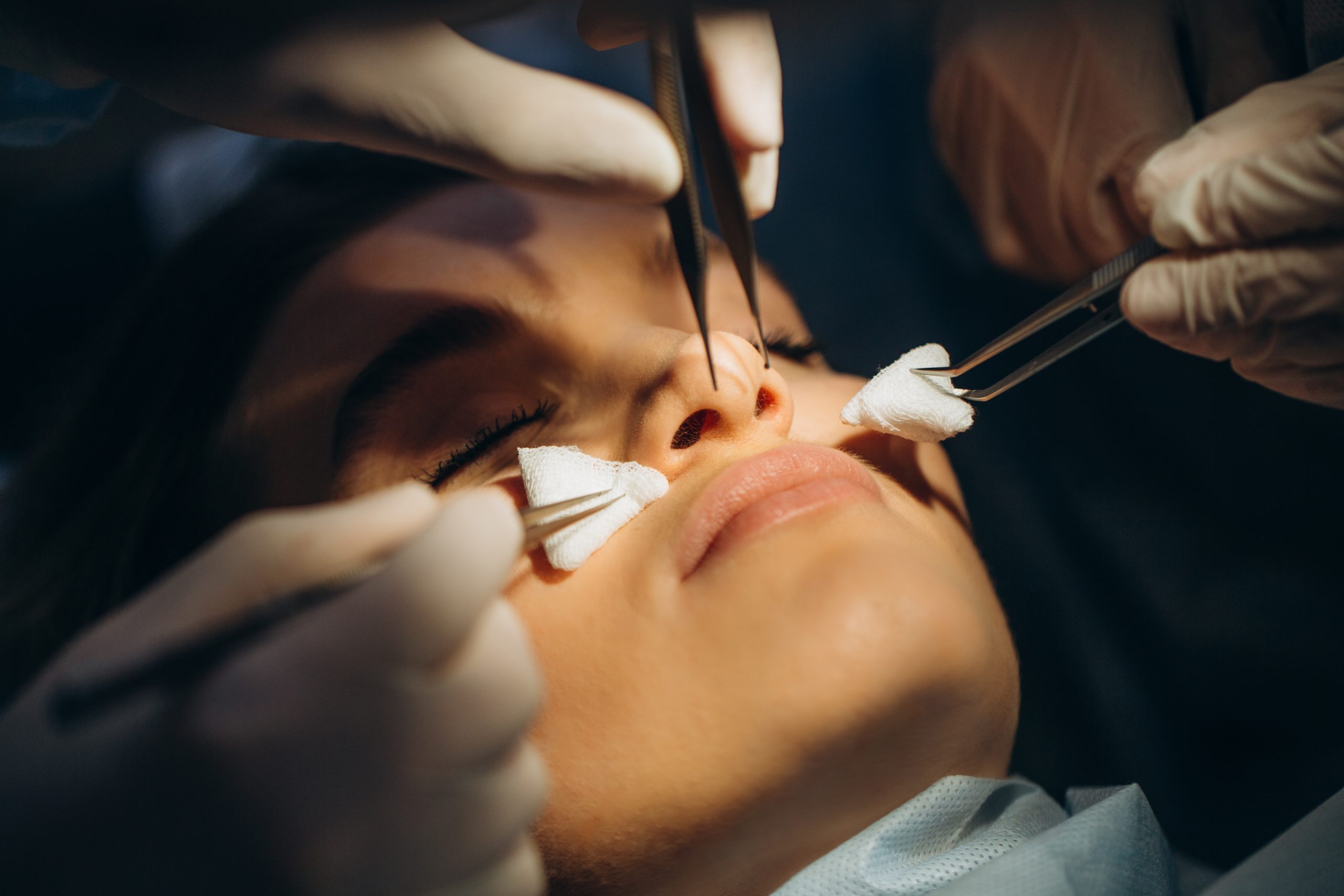Introduction
Rhinoplasty, commonly known as a “nose job,” is a popular cosmetic surgery procedure aimed at enhancing the appearance of your nose. Among its various types, augmentation rhinoplasty is the go-to choice for those looking to increase the projection of the nasal dorsum, or the nasal bridge. This article will provide valuable insights into the types of augmentation rhinoplasty, the surgical process, pre-surgery preparations, post-surgery care, and potential risks and complications.
Are there different types of Rhinoplasty?
Augmentation rhinoplasty is typically performed using silicone implants. There are two primary approaches:
- Closed Rhinoplasty: In this method, incisions are concealed within the nose, leaving no visible external scars.
- Open Rhinoplasty: This external approach involves a small incision on the columella, the soft tissue that separates the nostrils. It provides improved access to the bone and cartilage structure, making it ideal for precision in nose reshaping. Open rhinoplasty is often recommended for revision procedures, where the original nose structure has already been altered.
Augmentation rhinoplasty can also be performed using ear cartilage, commonly referred to as “cartilage bridge augmentation.” This technique is especially useful when a more natural appearance is desired, and it reduces the risk of silicone implant-related issues. Various cartilages, such as ear cartilage, septal cartilage, and rib cartilage, can be used to enhance the nasal tip and extend nasal length, providing a seamless blend with a patient’s own tissue.

How is Augmentation Rhinoplasty performed?
Before undergoing augmentation rhinoplasty, a patient will work with their surgeon to select the appropriate silicone implant design, tailored to their facial shape. On the day of surgery, patients receive medications for comfort, including local anesthesia and sedation. The procedure can be performed as either a closed or open surgery, depending on the patient’s needs and the surgeon’s recommendation.
During the surgery, small incisions are made to access the nasal bones and cartilages. The skin covering these structures is gently lifted, allowing the surgeon to reshape the nose by placing the silicone implant. Once the desired shape is achieved, the incisions are closed, and the procedure typically takes about an hour. Patients can return home on the same day, and regular follow-up appointments will be scheduled for complete healing.
How to prepare for Rhinoplasty?
Prior to surgery, it is important to inform your surgeon about any medical conditions, underlying diseases, or relevant medical history, including previous surgeries and anesthesia experiences. For patients at higher risk or with underlying health issues, additional investigations such as X-rays, blood tests, and EKG may be required. It’s essential to discontinue specific medications, supplements, or herbal drugs that may affect surgery at least seven days before the procedure. Smoking should be stopped at least six weeks before surgery to ensure proper blood supply to the surgical site. Alcohol consumption should cease at least 24 hours before surgery.

What is the best aftercare for Augmentation Rhinoplasty?
After augmentation rhinoplasty, post-operative care is vital. To minimize swelling, patients are advised to sleep with their head elevated using 2-3 pillows. Cold compresses with ice packs can help reduce swelling during the first three days, while warm compresses are strictly prohibited. Swelling gradually decreases from the fourth day onwards.
To prevent infection and enhance the healing process, it’s crucial to keep the nose dry and away from water for at least five days after surgery. The wound around the nose should be gently cleaned with cotton swabs and normal saline solution. Antibiotic ointments should be used as directed. In case a splint or cast is placed, it should be kept dry for 4-5 days. Soft foods are recommended, and hard or chewy foods should be avoided. Any signs of heavy bleeding or excessive swelling require immediate medical attention.
Anti-scar creams should not be applied to the surgical wound, and all medications must be taken as prescribed. Follow-up appointments should be completed as scheduled, and patients should avoid situations that could lead to trauma to the nose for at least a month after surgery.

Conclusion
Augmentation rhinoplasty is a popular choice for individuals looking to enhance their nasal profile. The type of surgery and materials used are determined by the patient’s unique facial features and needs. To ensure a successful outcome and minimize risks, patients should work closely with an experienced plastic surgeon and follow pre- and post-surgery guidelines diligently. By understanding the procedure and its intricacies, individuals can make informed decisions and achieve the desired results while prioritizing their safety and satisfaction.
Disclaimer: The content on this blog is intended for general informational purposes only. It is not a substitute for professional medical advice, diagnosis, or treatment. Always consult qualified healthcare providers for personalized advice. Information regarding plastic surgery, dental treatment, hair transplant, and other medical procedures is educational and not a guarantee of results. We do not assume liability for actions taken based on blog content. Medical knowledge evolves; verify information and consult professionals. External links do not imply endorsement. By using this blog, you agree to these terms.





